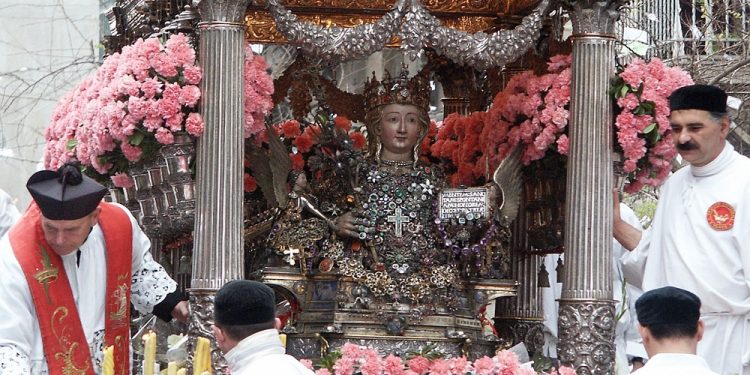
Feast Of St Agatha
Every February 5th, the Feast of St. Agatha is celebrated not only as a feast day, as it is marked on the Catholic calendar of feast days, but also as a public holiday in San Marino. Saint Agatha is the patron saint of bell-founders, breast cancer survivors, nurses, and bakers, and she was born in Catania, Sicily, sometime in the third century.
Historically, she has been one of the most venerated virgin martyrs of the Christian church, and it is believed that she was born to noble parents. In San Marino, this holiday is observed with religious services, the baking and blessing of Agatha loaves, and an appeal to St. Agatha for her blessings.
The History of the Feast of St. Agatha
In the 3rd century, Saint Agatha was born in Catania, Sicily, and is believed to have come from a noble family—or at least an affluent one. She started her religious dedication by consecrating her virginity to God.
She resisted the advances of a Roman prefect who was sent by the Roman Emperor to govern Sicily. It was her rejection of his advances that would result in her torture. She was imprisoned, her breasts were cut off, and she was eventually sent to the stake to be burned.
According to some accounts, as soon as the fire was lit under her, an earthquake began, which resulted in people asking for her not to be executed. She would then spend the rest of her life in prison. St. Agatha is the patron saint of breast cancer patients, rape victims, wet nurses, and bell-founders.
She is also the patron saint of the Republic of San Marino after Pope Clement XII restored the independence of this state on February 5, 1740—the day that just so happened to be St. Agatha’s Feast Day.
Observing the Feast of St. Agatha
This holiday is observed with religious services and veneration of Saint Agatha. People also bake and have blessed Agatha Loaves—loaves of bread that are not meant to be eaten but are meant to serve as an intercessor. These loaves are often taken on long journeys to protect the traveler.








